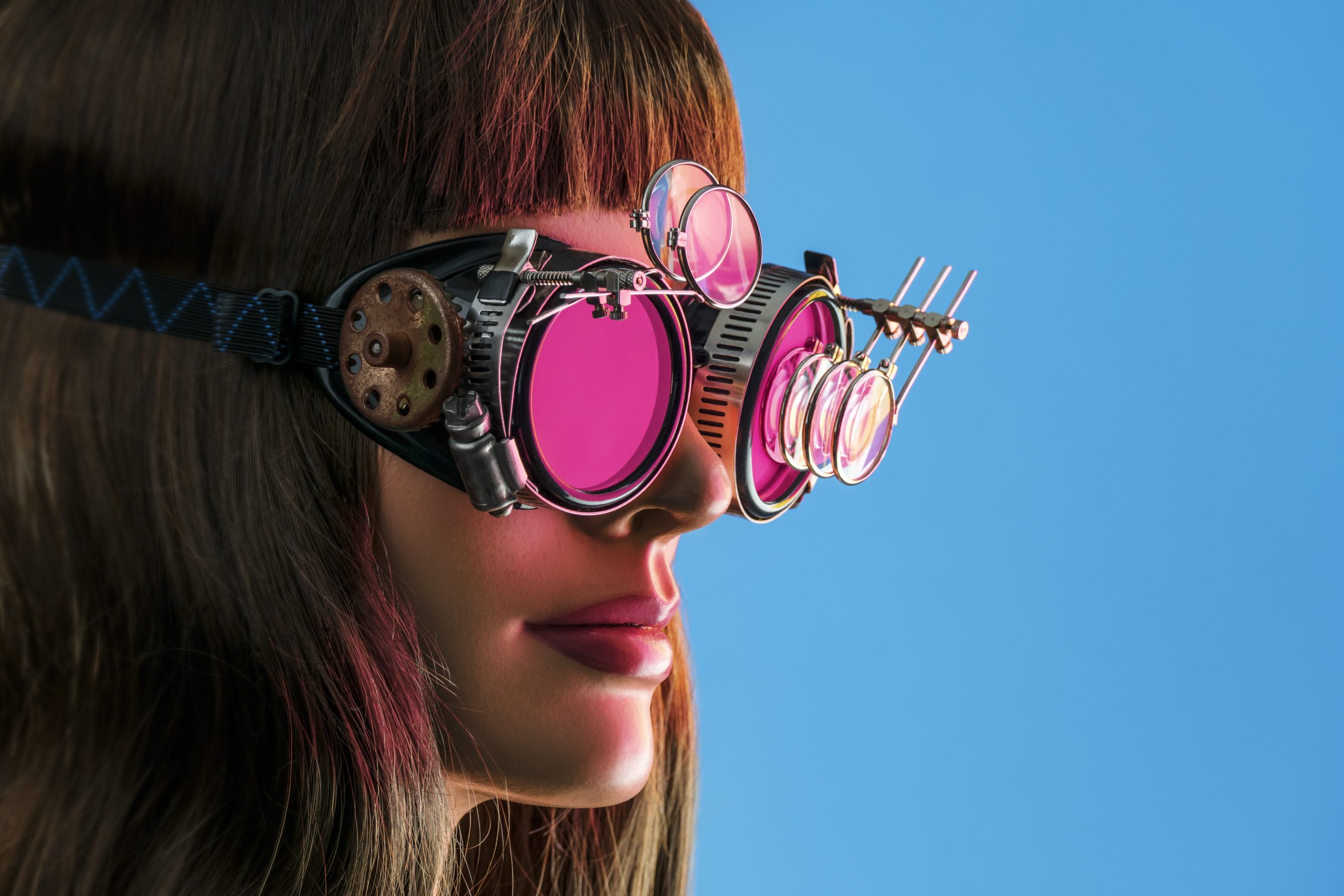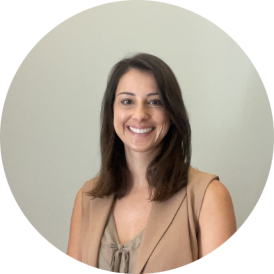Circular Economy
7.2%
CIRCULARITY INDEX 2022
US$ 4.5 tn
ESTIMATED GLOBAL SAVINGS BY 2030
R$ 8.4 bn
ESTIMATED SAVINGS IN BRAZIL BY 2030
Overview
The circular economy is a new economic model that aims to replace the traditional linear approach, prevalent since the industrial era. Inspired by nature’s cycles, where the end of one cycle feeds the beginning of another, the circular economy seeks to create smarter, more sustainable, and profitable product and service chains. In this model, the focus is on waste reduction, extending the lifespan of products, efficient use of resources, and regeneration of natural systems, promoting a healthier and more lasting environmental and economic balance.
Trends
Increasing environmental concerns
Disruptions in the global supply chain, caused by various factors such as labor shortages, temporary business interruptions related to COVID-19 outbreaks, and commodity scarcities related to the Russian invasion of Ukraine in 2022, are driving interest in circularity as a way to reduce waste and increase resilience in supply chains. Moreover, changing consumer expectations and growing environmental concerns are also contributing to this trend. Companies are investing in circularity business plans, and data standards are being developed to enable collaboration across the system to recover used products and transform them into new ones.
Politics as a driver
Politics has been identified as a key factor in the shift towards a circular economy. Governments around the world are implementing policies to promote circularity, such as regulations on waste reduction, extended producer responsibility, and incentives for circular business models. The political framework is essential for creating an enabling environment for circularity and can help overcome market failures, create a level playing field for businesses, as well as stimulate innovation, drive economic growth, and create jobs.
Making better use of finite resources
The concept of a circular economy aims to eliminate waste and pollution, keep products and materials in use for as long as possible, and regenerate natural resources such as forests, soil, water, air, metals, and minerals. This initiative can help make better use of finite resources by reducing waste and extending the lifespan of products and materials. For example, the textile industry can use recycled materials to produce new clothing, reducing the need for virgin resources. The circular economy can also lessen pressure on the environment, improve raw material security, stimulate innovation, drive economic growth, and create jobs. By treating finite resources wisely, we can help ensure that natural resources are available for future generations.
View sources
Society finds itself at a historic decision-making moment. Will we continue to operate under the linear model, or will we pivot to a new model with a different mindset and new tools?
We must regenerate
Despite the number of terms and concepts that exist, we see a convergence regarding the need to look more closely at examples from nature, where there is no waste and everything regenerates. In addition to natural resources being finite, much financial resource is being wasted. New perspectives are mandatory for us to create business models based on abundance and circularity.
Do you want to take part in this economy?
We believe that in every industry, there are opportunities that can benefit customers and suppliers.
They rely on imagination, innovation, and collaboration.

We connect the links of the product and service chain by mapping Brazilian companies that operate in the circular economy.
CLICK ON THE MAP BELOW AND CHECK IT OUT
Concepts
Waste is food
There is no waste in nature. All waste is food for another purpose.
Putting it into practice
We need to stop just studying and creating content, and start doing. Design solutions that can be implemented in practice.
Nurture the environment
To foster the circular economy, it is necessary to engage all actors and participants.
Putting it into practice
Use the butterfly diagram to design the return to chain for each type of material. Think of industry-wide solutions, such as standardization and durability of consumer goods.
Regenerative
Ecosystems can be abundant and regenerative. Physics and biology bring many solutions.
Putting it into practice
To think business in a different way, so that one activity enables several cash flows and several benefits for society at the same time.
View sources
We accelerate, invest in, and support startups that have the potential to drive a particular industry towards the circular economy.

OUR TEAM
VANESSA CRESPI
CONSULTANT FOR CIRCULAR ECONOMY
Besides being a consultant, she is also an entrepreneur and investor. She has already worked in the advertising market, assisting large clients. In partnership with SONNE, she applies the ABOVE ALL© methodology in the form of business consulting.
Specializations:
Circular Economy – Ellen Macarthur Foundation
Tomorrow one – Aerolito
Miami Xperience – Startse
Futuros – Aerolito
Pesquisador de tendências – Descola
Fractal – Perestroika
Coolhunting and trends – ESPM
Sociedade 5.0 , AI economy, – ESPM
Certificação em foresight – W futurismo
Gestão de negócios e valorização da empresa – FIA
Business Administration and management – MLS international college
Business administration, entrepreneurial and small business operations – WLC college
Empreendedorismo e criação de novos negócios – FGV
Publicidade e propaganda – FAAP